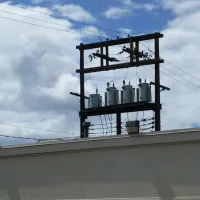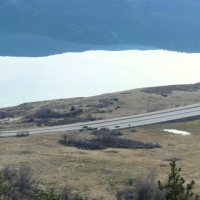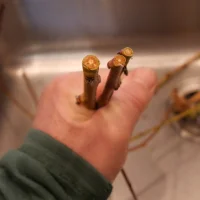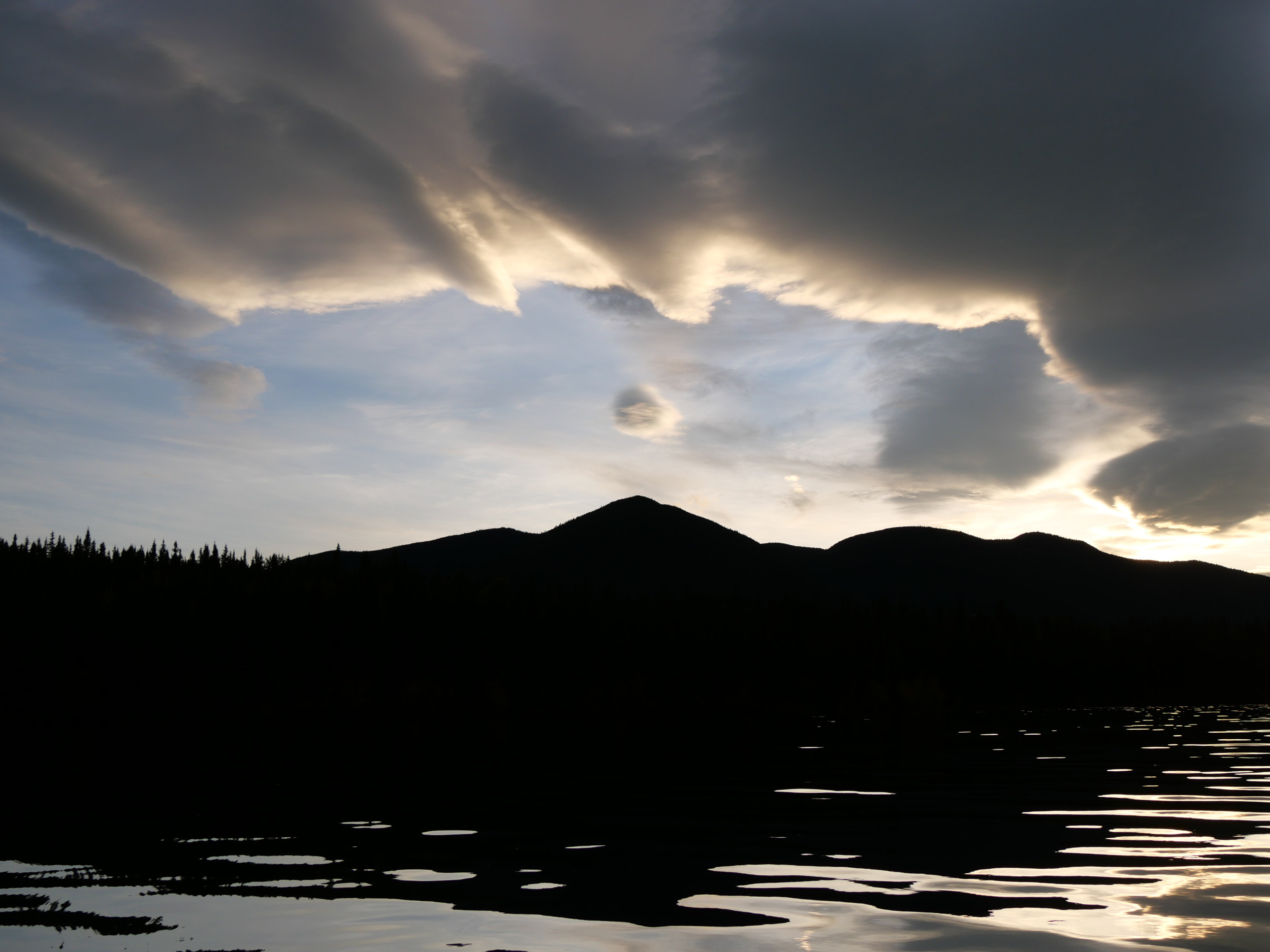In a way, yes. It’s a camera that sees as precisely as this, concentrating on light.
It picks up patterns. Intriguingly, we do have to look at the patterns and see what we can see.
The patterns are us. That’s the eye and the brain sorting information. Making it human. We take a larger view and see context, and make patterns out of the context as well.
And we see through the light, sort of.
But do we see water? No. Not even when it’s frozen.
Replacing this bias with scientific measurement that allows us to perceive water without perception has been a great success story, but what if the goal was to see water-as-humans-see-it and to read that?
Have we missed something? Is another science possible? Not physics, not biology, not chemistry, not psychology but something else. Minding, perhaps? What if Goethe was right 200 years ago, and the most accurate measuring device is the human body? What if the “perceptual errors” and “cognitive errors” the brain always makes were not errors? What if the humanization of objects or beings was not a mistake?
What would be possible then? We’d be part way there if science studied these effects, but what if we went further, into the kind of territory reserved for Indigenous people? Would we then be able to say we were Indigenous to the Earth? We’d have to figure out how that related to built environments, but wouldn’t that be a way of placing ourselves within history?
What if these were seen not as political or social or cultural or aesthetic choices but as experiments applied to truth and interventions into human identity? What if they were seen as attempts to alter the identity of the Earth, to make it into a technological artefact, instead of a living planet? Would that give us any useful tools?
What if beauty were measurable, using the body, and its effects were worked out? I think it would mean that we had acknowledged a social contract with the land and the water, that we had admitted them within our social groups. When Europeans came to this land, they saw it the other way around. They thought they saw that Indigenous people and the land could be separated, and that both could be replaced. What if they were some 8,000 years behind the ball? Or, in the case of Cascadia here, over 16,000 years off the mark? Europeans have been here for around 200 years, give or take. How far would this science develop over another 15,900 years? What would the sundown below, over the Marble Mountains, look like through even 8,000 years of memory?
That’s how long Secwepemc memory goes at this lake, and likely longer. What does it mean to see this after 8,000 years? Or 12,000 at Kamiah?

Or 16,000 on the Salmon?

The good news is that we all have this memory. That’s what we see here. Technology helps.
We are reading the water that is reading us. We’ve shunted this off to art and emotion and spirit for too long.
It’s time to admit who we are and what we know.

























